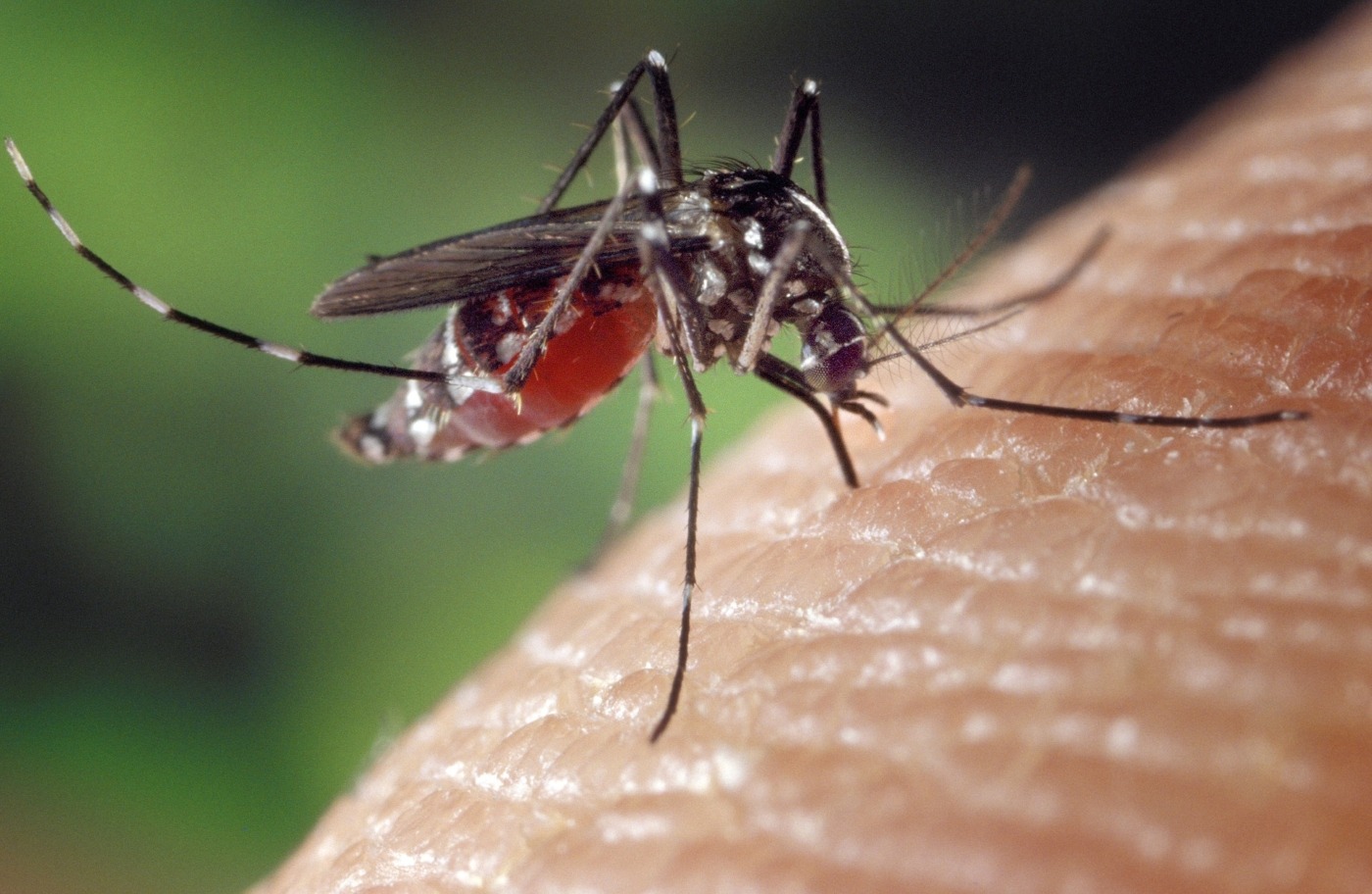The groundbreaking malaria vaccine
Malaria has consistently been the centre of many global health discussions. With the disease killing approximately 430,000 people a year and infecting millions more, the news of a vaccine is groundbreaking. For nearly a millennium, Africa has been most heavily impacted by the parasite, and so the rollout of the malaria vaccine earlier this month marks a historic moment in the fight against it. But what exactly is malaria? Where did it come from and why is it so hard to beat?
It may not be surprising to note that malaria has been around for thousands of years. Dating back to its prehistoric origins as a zoonotic illness, its spread has continued into the 21st century. Malaria is described as an acute infectious disease that is mainly transmitted through a bite from Anopheles mosquitoes. It can be passed on to others through blood transfusions, congenitally, or through sharing needles. Unfortunately, in countries with high health inequity, transmission in this manner is quite common. Malaria’s ability to override the immune system and its highly adaptable nature accounts for why this has been a lifelong battle. The news about the groundbreaking vaccine has therefore been extremely exciting for the scientific community. It may lead to significant advances in the prevention of infection from the parasite, and thus save thousands of lives.
So, how effective is this vaccine? The RTS,S malaria vaccine, also known as Mosquirix, was created in 1987 by scientists working at a laboratory in the British pharmaceutical company GSK. With more than 100 types of the parasite, the RTS,S vaccine manages to target one of the most deadly and common types: Plasmodium falciparum. A report published by The Lancet in 2015 included an analysis of the vaccine efficacy. The results demonstrated the vaccine’s ability to prevent around 40% of malaria cases, 30% of severe cases and led to the reduction of blood transfusion in children by a third. However, research conducted by the London School of Hygiene & Tropical Medicine in August discovered that giving both the RTS,S, and antimalarial medicines to young children resulted in a 70% reduction in hospitalisation or mortality.
The vaccine is safe and leads to a 30% reduction in severe malaria
Speculation has been raised about whether the vaccine results could be mirrored in the real world as it requires four doses. Despite these doubts, results from 2.3 million doses have shown that the vaccine is safe and leads to a 30% reduction in severe malaria. The vaccine will not be able to replace existing malaria-control methods. It will instead be used in conjunction with them, helping to reach more than 2/3 of children with access to an insecticide-treated net. However, the vaccine is not effective against other types of malaria, hence it will not be used outside the African continent.
The vaccine has already been administered to over 800,000 children in Ghana, Kenya, and Malawi. The World Health Organisation has endorsed the widespread rollout of the vaccine across sub-Saharan Africa and other regions with moderate to high levels of malaria transmission.
After a century of trying, RTS,S has managed to create some hope for the children of Africa and their families. It paves the way for the development of yet more potent vaccines and gets us closer to the ultimate goal of zero malaria fatalities. Quoting Dr Pedro Alonso, director of the WHO Global Malaria Programme: “From a scientific perspective, this is a massive breakthrough, from a public health perspective this is a historical feat.”

Comments